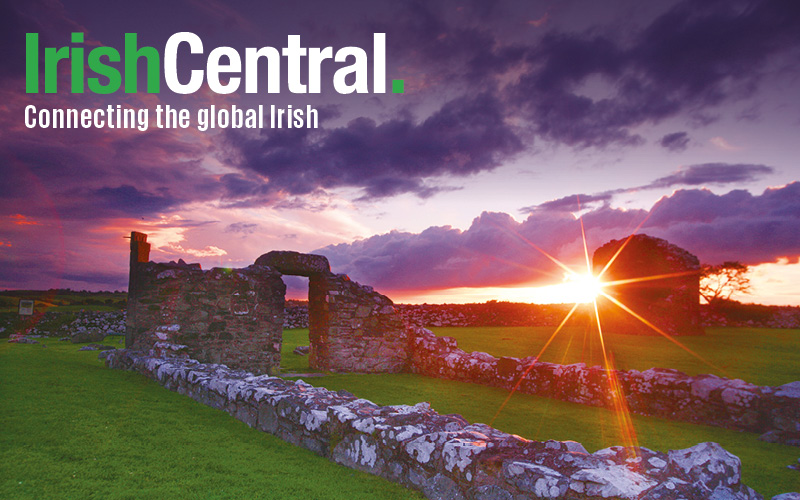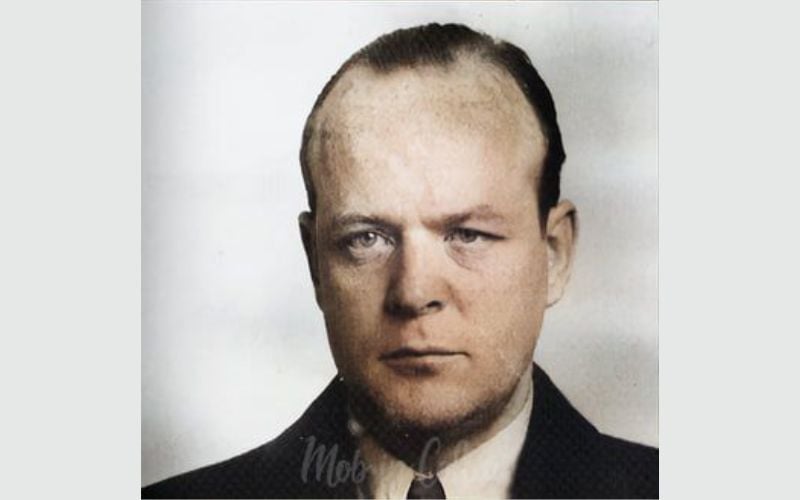The news of the mining accident that killed 29 miners and injured 2 in Raleigh County, West Virginia, just two weeks ago, has already left the front pages of the nation’s papers, but the memory of the faces of the anguished families as they waited for news of their loved ones lingers on.
My heart goes out to the families of those who perished.
While waiting for news of the recovery efforts, my mind kept going back to the Bronx in the early 1970s. Many of the young men we knew back then, my brothers included, were working 500 feet underground building the water tunnels that served New York City.
Myself, my roommate Nora and a couple other girls, would often sit in Durty Nelly's Bar and wait for them to come off the 4 to 12 shift. There had been a couple of accidents, one in which a young man from home had been seriously injured, and though we rarely expressed it out loud, we worried about their safety.
Of course, when they arrived, they mostly ignored us as they talked over our heads about the work. “The heading was flooded” is a phrase that comes back to me now and I still have no idea what it means.
They were young men in their early 20s from farms and small villages in Ireland. I don't know where they found the gumption to do this dangerous work. I suppose they didn't have much choice and had to take what work was offered to them. If they had fears of being buried underground they had to get over it.
I didn’t know it then but the work they did mirrored the work that earlier generations of Irish had done. Especially the “Famine” Irish who were the cheap labor that helped build most of the infrastructure in the U.S.
When New York City went broke in the mid-70s, work on the water tunnels stopped. My brothers and their friends headed north to work on the great Alaskan pipeline. In a couple of weeks all our men were gone.
They were following the migratory patterns of Irish immigrants of an earlier generation who moved out west to the mines in Butte, Montana, laid the rail for the Union Pacific railroad, built the great Erie Canal, panned for gold in California, worked on building America’s early high rise buildings (American architect Louis Henry Sullivan whose father emigrated from Ireland in the 1840s, is considered the “father” of the American skyscraper).
They became familiar with dynamite and dangerous work environment and lives were lost along the way. America is littered with their bones. (There’s "an Irishman was buried under every tie," was a saying that the railway workers had.)
The West Virginia mine explosion on April 5 is just the latest in a long line of mining accidents. (I read one statistic that claimed 350,000 mining accidents in the late 1800s early 1900s in the U.S., Canada and Australia). The worst mining accident in U.S. history also took place in Monongah, West Virginia in 1907, and claimed the lives of 362 men and boys. In June of 1917, 168 miners died in a mining disaster in the Speculator Mine disaster in Butte, Montana. Some 40 Irish names are listed among those dead.
I don’t know how many of the 29 miners lost on April 5 had Irish connections. It matters not where their roots lie. What matters is that they did not give their lives in vain.
After every mining tragedy there is a call for new safety rules. Governor Joe Machin III of West Virginia ordered an emergency inspection of all coal mines in the state this past Friday, April 16. He called for companies to stop production and use the day for review of their safety procedures.
“We want to honor those fallen miners, and the best way to do that is a re-evaluation of all safety processed,” the governor said.
Let us hope that these are not just empty words and that the mining operators don’t return to business as usual once the dead are buried and the story leaves the front pages.




Comments